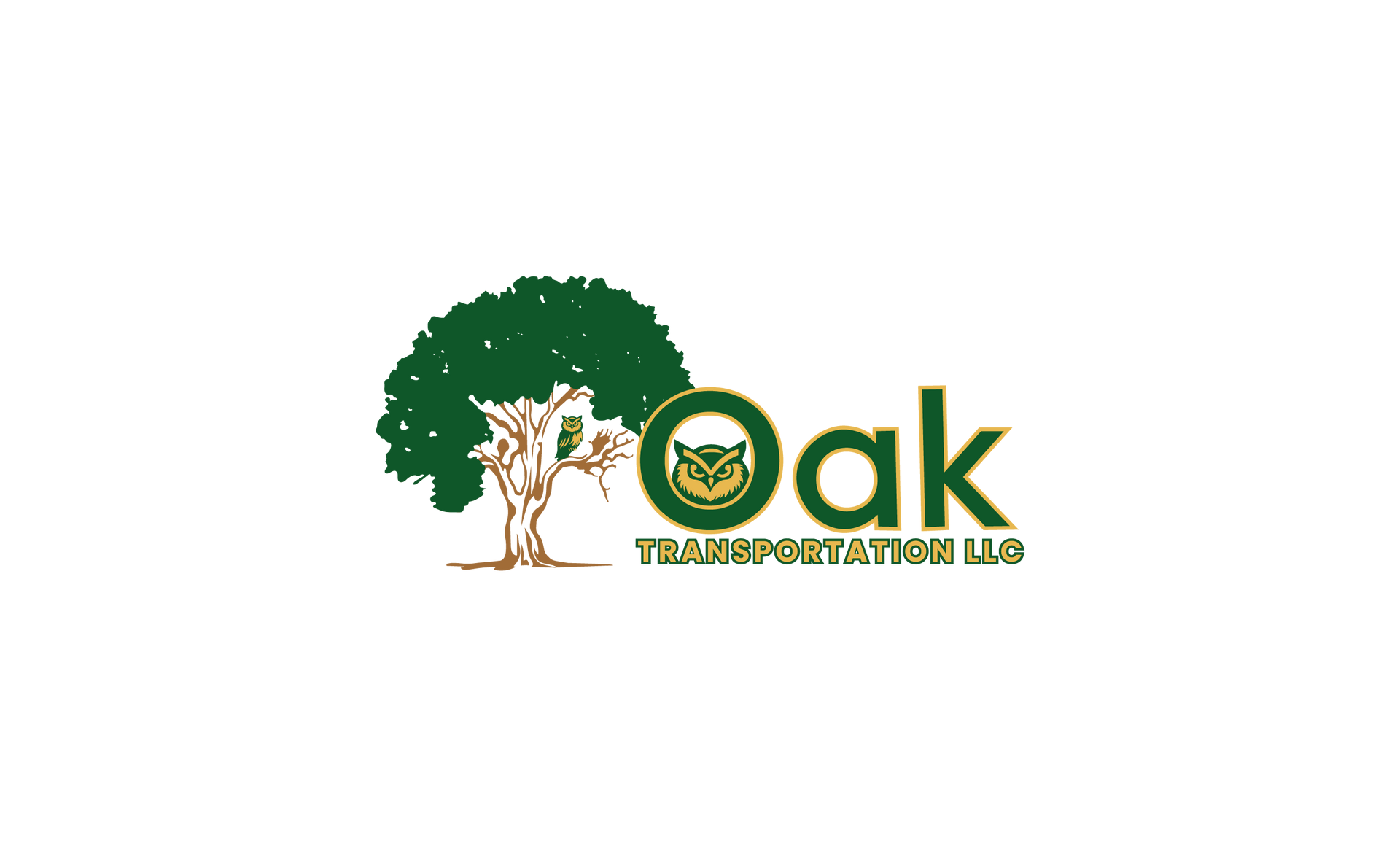
dry freight
Introduction
Dry freight, also known as dry goods or dry van freight, is one of the most common types of cargo transported in the trucking industry. This term refers to goods that do not require temperature control and are typically transported in enclosed trailers. Gaining an understanding of dry freight is essential for businesses that need to ship a wide range of non-perishable items
Dry freight encompasses a broad category of goods that do not require refrigeration or special temperature conditions for transporting purposes. These goods are transported in dry-standard enclosed trailers that protect the cargo from external elements such as weather and road debris.
Characteristics of Dry Freight
1. Non-Perishable Goods: Dry freight includes items that are not sensitive to temperature fluctuations. This can range from consumer goods and electronics to textiles and building materials.
2. Enclosed Trailers: The use of dry van trailers ensures that the cargo is protected from weather conditions like rain, snow, and extreme heat. These trailers are fully enclosed, providing a secure and safe environment for the goods.
3. Versatile and Flexible: Dry freight can be transported using a variety of trailer sizes and types, making it a versatile option for many types of cargo. This flexibility allows shippers to choose the most cost-effective and efficient transportation method for their shipping needs.
4. Standard Dimensions: Dry van trailers come in standard sizes, typically 48 to 53 feet in length, with a width of 8.5 feet and a height of about 9 feet. These dimensions are suitable for a wide range of cargo types and sizes.
Common Types of Dry Freight
1. Consumer Goods: Items such as clothing, footwear, household products, and packaged foods that do not require temperature control.
2. Electronics and Appliances: Products like televisions, computers, kitchen appliances, furniture, and other electronic devices.
3. Manufactured Goods: Items produced in factories, including machinery, automotive parts, and industrial equipment.
4. Building Materials: Non-temperature-sensitive materials such as lumber, drywall, plumbing supplies, and other construction products.
5. Paper Products: Paper goods, including office supplies, books, magazines, and packaging materials.
Benefits of Dry Freight Shipping
1. Cost-Effectiveness: Dry freight is generally more cost-effective than temperature-controlled shipping because it does not require specialized equipment or handling. This makes it an economical choice for transporting a wide range of goods.
2. Wide Availability: Dry van trailers are the most common type of trailer in the trucking industry, ensuring that dry freight services are widely available and easily accessible. Shippers can transport different types of cargo in the same trailer, optimizing load capacity and reducing transportation costs.
3. Protection and Security: The enclosed nature of dry van trailers provides excellent protection against weather conditions, theft, and damage, ensuring that goods arrive at their destination safely and in good condition.
4. Efficient Loading and Unloading: Dry van trailers are designed for easy loading and unloading, which speeds up the transportation process and reduces labor costs. Many trailers are equipped with loading docks or ramps to facilitate efficient cargo handling.
Challenges of Dry Freight Shipping
1. Space Utilization: Efficiently utilizing the space within a dry van trailer can be challenging, especially when shipping goods of varying shapes and sizes. Proper load planning and packaging are essential to maximize space and prevent cargo from shifting during transit.
2. Weight Limits: Like all types of freight, dry freight must adhere to weight limits set by transportation authorities. Overloading a trailer can result in fines, delays, and potential safety hazards.
3. Limited Temperature Control: While dry freight does not require temperature control, it is important to note that some goods may still be sensitive to extreme temperatures. Proper planning and route selection can help mitigate potential temperature-related issues.
Ideal Use Cases for Dry Freight Shipping
1. Retail Distribution: Retailers often rely on dry freight to transport consumer goods from distribution centers to stores. The protection offered by dry van trailers ensures that products arrive in good condition, ready for sale.
2. Manufacturing and Production: Manufacturers use dry freight to move raw materials and finished products between production facilities and warehouses, maintaining a steady supply chain.
3. E-commerce Fulfillment: E-commerce companies depend on dry freight to ship non-perishable goods to fulfillment centers and directly to customers, ensuring timely and secure deliveries.
4. Construction and Infrastructure: The construction industry uses dry freight to transport building materials and equipment to job sites, supporting various infrastructure projects.
Conclusion
Dry freight is a versatile and cost-effective solution for transporting a wide range of non-perishable goods. By utilizing enclosed trailers, it offers excellent protection and security, ensuring that shipments arrive at their destination safely and efficiently. Whether you are in retail, manufacturing, e-commerce, or construction, dry freight provides a reliable option for meeting your shipping & budgeting needs.
Phone: 757-696-2159
Email: forrest@oak-transportation.com